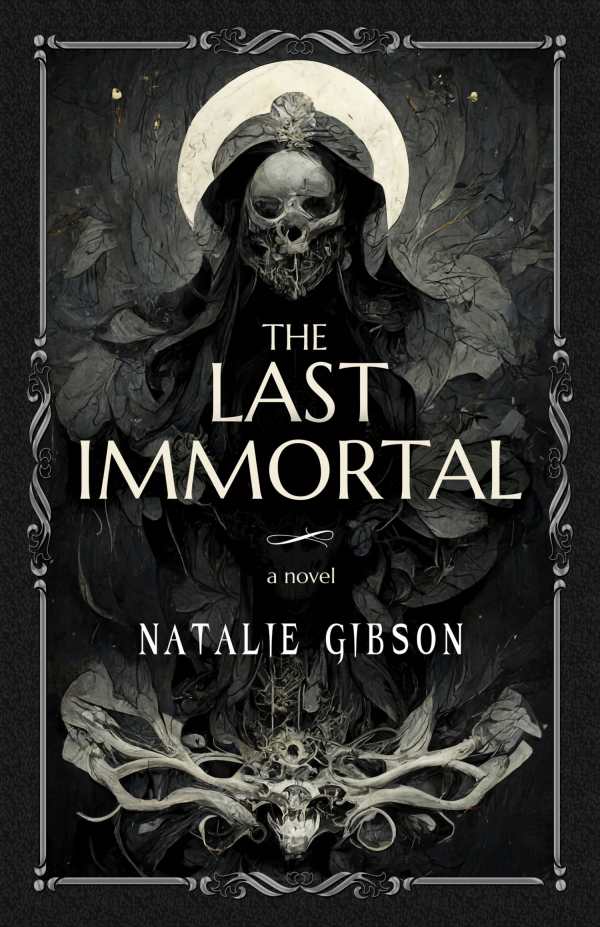The Last Immortal
Fantasy and horror meld in Natalie Gibson’s striking novel The Last Immortal, which is full of sexuality and psychological warfare.
Ramillia is a passionate and dangerous heroine who’s been broken by her incredible powers. She awakes in a Victorian asylum where she questions what part she played in the violent past that’s revealed to her by her doctors—and through a maze of internal and exterior battles with multiple personas who want her power. Exploring her powers with her betrothed, Julian, takes her on an adventure through a reimagined Victorian London, where some can inhabit the bodies of others, and where people are “obsessed with the occult” to the extent that “the line between scientific and superstitious blurred, leading to the rise of Spiritualism.”
But this is no ordinary novel exploring the psyche. Though it includes vivid descriptions of sadomasochism, sexual abuse, rape, and eroticism, the book is more focused on women’s rights (in the context of Victorian Age London through to the early 1900s in the United States). Ramillia, on a quest to become the last of her kind, questions her place in a man’s world. And along with Ramillia’s battles within and outside of society, she deals with the trauma of continual loss—and with blinding rage. She often questions what part she plays in the accumulating losses that she experiences, and she sees her own faults developing in her children and must face these truths.
Traveling from Victorian London to New York City and China, The Last Immortal is an epic fantasy novel following the tribulations of a most unusual, powerful woman as she battles to understand, and come to terms with, her own immortality.
Reviewed by
Clarissa Adkins
Disclosure: This article is not an endorsement, but a review. The publisher of this book provided free copies of the book to have their book reviewed by a professional reviewer. No fee was paid by the publisher for this review. Foreword Reviews only recommends books that we love. Foreword Magazine, Inc. is disclosing this in accordance with the Federal Trade Commission’s 16 CFR, Part 255.

